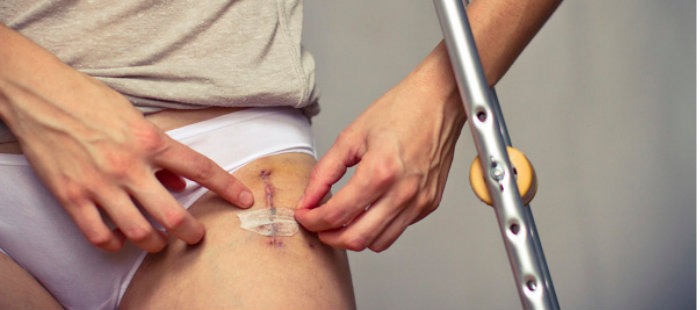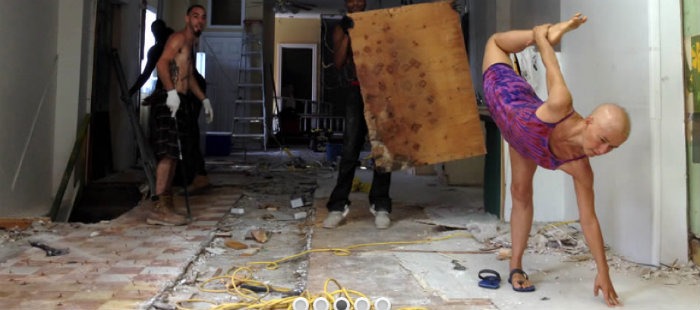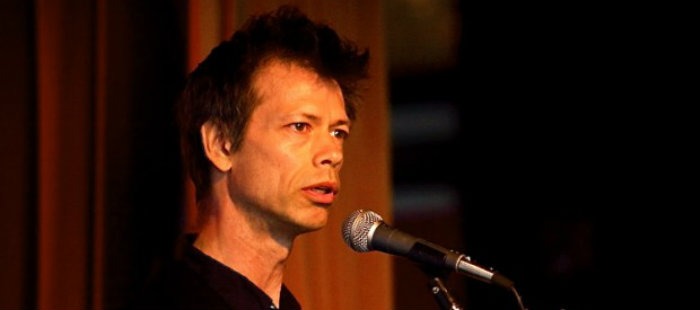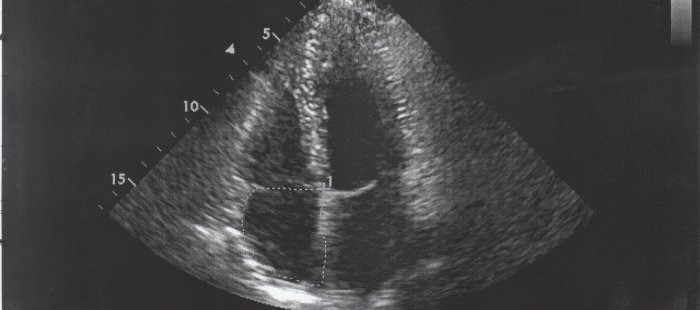One of the unexpected pleasures of the research I’ve been doing into yoga injuries is that I’ve been drawn into conversations with many types of movement and bodywork folks. […]
Diane wasn’t just practicing “addictively”, as she says, in order to self-regulate. Her professional attainments and authority as a teacher depended upon that commitment, and upon her students seeing it in action. So regardless of whether her students practiced as hard as her (and many, including her daughter Kathryn, did), the rigour of Diane’s practice was a community ideal. She was in the paradoxical position of performing an intensity that inspired others, including me, but was destroying her tissues. Not only did nobody see the pain that she herself was ignoring, the movements that were causing that pain were actually interpreted by others as beautiful or pleasurable, or both.
I have developed a wariness around yoga that has kept me from the mat. I remember reading about Krishnamacharya, the great modernist yoga collage artist/teacher, who offered everyone their own practice. This series of poses would evolve (and continue to evolve) after watching the individual student, and working with them, and adjusting them. In other words, the practice of yoga was relational. Doesn’t this make sense? But perhaps there’s no time for that in studio culture. Perhaps everyone would go broke if it all came down to one on one.
For more than a century, yoga has straddled the paradigmatic threshold between an intuition-based knowledge fostered internally and nurtured by anecdote for generations, and the evidence-based knowledge that has evolved through the intersubjective process of shared, repeatable research. When I was briefly hospitalized last week, I was lucid enough, and not too discomforted by pain, that I could sit for while on that threshold and meditate.



